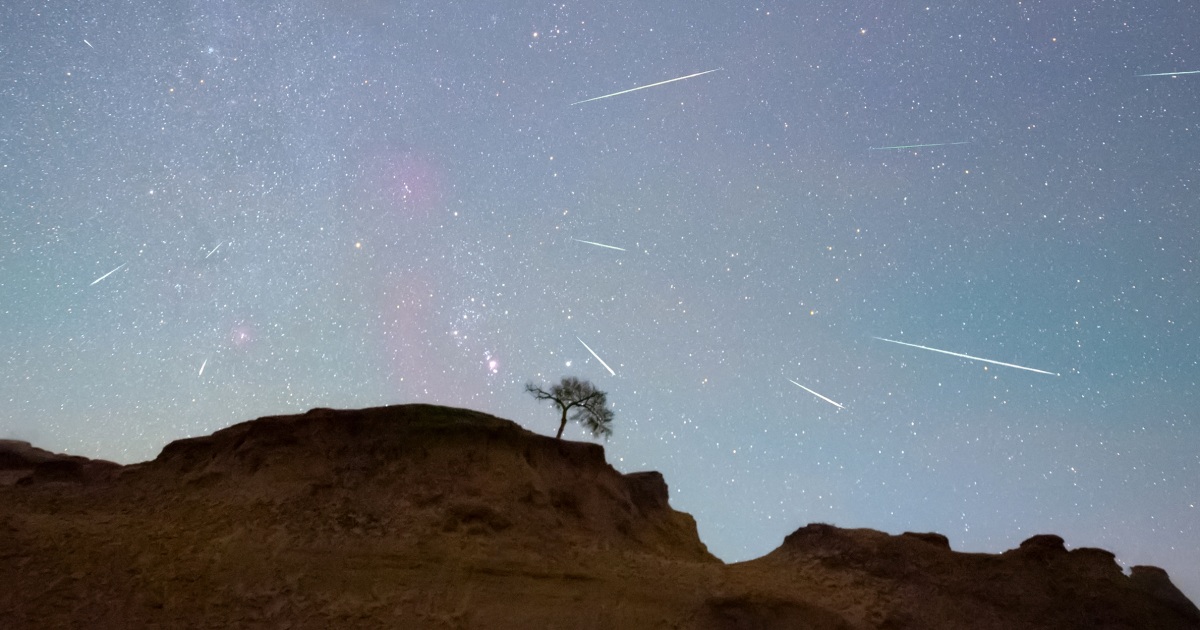
Nadir Point
In space and astronautical engineering, the nadir point is the point on the Earth's surface that is directly below the spacecraft or satellite. It is the opposite of the zenith point, which is the point directly above the spacecraft or satellite. The nadir point is an important concept in remote sensing and Earth observation, as it is the point where the sensor or camera is looking directly at the Earth's surface. This allows for accurate measurements of features such as vegetation, water bodies, and urban areas. The nadir point can also be used to determine the spacecraft's position and orientation relative to the Earth.
Your Previous Searches
Random Picks
- Bayesian Analysis: Bayesian analysis is a statistical approach that involves updating the probability of a hypothesis as new evidence or data becomes available. In the context of space and astronautical engineering, Bayesian analysis can be used to make predi ... Read More >>
- Blood Pressure: Blood pressure is the force exerted by circulating blood on the walls of blood vessels. In space and astronautical engineering context, blood pressure is an important physiological parameter to monitor the health of astronauts during spacef ... Read More >>
- Navigation: Navigation in space and astronautical engineering refers to the process of determining the position, velocity, and orientation of a spacecraft relative to a reference frame. This involves the use of various sensors, such as star trackers, g ... Read More >>
Top News

Bestselling author explains the science of happiness: "You can do the work"...
Bestselling author and Harvard professor Arthur Brooks opens up about how enjoyment, satisfaction and meaning in life can increase a person's wellbeing....
News Source: CBS News on 2024-11-18

November's full moon, known as the Beaver Moon, is the last supermoon of 2024. H...
November's full moon, known as the Beaver Moon, is the last supermoon of 2024. Here's when it peaks and why it's called the Beaver Moon....
News Source: CBS News on 2024-11-15

You can't put a price on the sense of awe particle physics inspires...
Astronomy and particle physics are no longer seen as vital by the US establishment, so funding has fallen. But our work creates a sense of wonder, and wonder matters, says Chanda Prescod-Weinstein...
News Source: New Scientist on 2024-11-13

If you want to stretch your gift game into days this holiday, check out these ad...
The advent calendar phenomenon is growing every year, with so many exciting, fun, beautiful, and delicious options available...
News Source: ABC News on 2024-11-04

November brings a bonanza of meteor showers...
November brings a skywatching bonanza, with three meteor showers — the Southern Taurids, Northern Taurids and Orionids — offering chances to see shooting stars....
News Source: NBC News on 2024-11-02